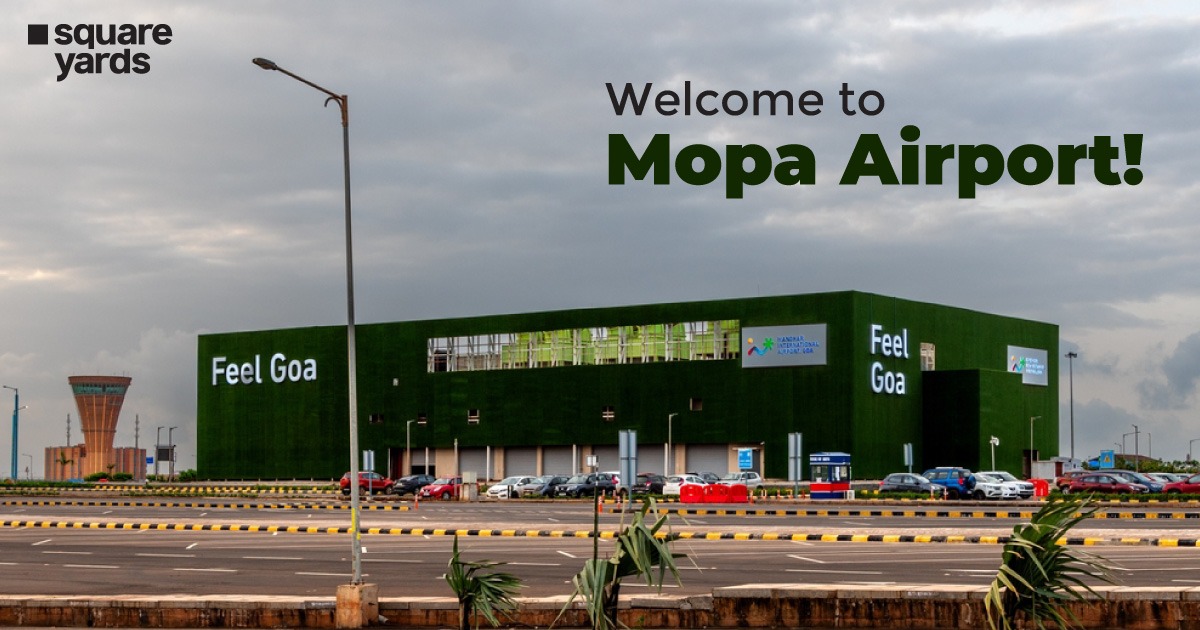Recent data reveals that peripheral housing prices in major cities are outpacing those in prime locations, indicating a significant shift in the real estate market. This trend is attributed to factors such as increasing urban migration, affordability issues in core areas, and the appeal of larger living spaces in suburban regions.
- Peripheral housing prices are rising faster than prime location prices.
- Urban migration and affordability are key drivers of this trend.
City-Wise Trends: Peripheries vs Prime Locations
City Category Micro Markets Avg. Residential Prices in INR/Sqft (2019) Avg. Residential Prices in INR/Sqft (Q3 2024) Price Change % (2019 Vs Q3 2024) Bengaluru Peripheral Gunjur 5,030 8,500 69% Prime Thanisandra Main Road 5,175 8,400 62% NCR Peripheral Noida Expressway 5,075 8,400 66% Prime Raj Nagar Extension 3,260 5,050 55% MMR Peripheral Panvel 5,520 8,700 58% Prime Worli 38,560 53,000 37% Pune Peripheral Wagholi 4,820 6,600 37% Prime Wakad 6,540 8,300 27% Kolkata Peripheral Madhyamgram 3,000 4,300 43% Prime Joka 3,415 5,150 51% Chennai Peripheral Navalur 3,955 6,080 54% Prime Anna Nagar 11,650 15,780 35% Hyderabad Peripheral Kompalli 4,010 5,970 49% Prime Gachibowli 4,775 8,900 86%
Shifting Trends in Real Estate
The real estate landscape in India is undergoing a notable transformation, particularly in metropolitan areas. Recent reports indicate that housing prices in the peripheral regions surrounding major cities have surged, outpacing growth in traditional prime locations. For instance, cities like Mumbai, Bengaluru, and Delhi are witnessing a pronounced shift as buyers seek more affordable options. The trend is largely fueled by a significant increase in urban migration, as individuals and families move to urban centers in search of job opportunities and better living standards. The rising cost of living in prime areas has pushed many potential buyers to explore suburban options, leading to a rapid escalation of prices in these emerging neighborhoods.
Factors Driving Price Growth in Peripheral Areas
Several key factors contribute to the rising prices in peripheral housing markets. First, the ongoing urban migration has created a demand for larger living spaces, prompting developers to invest in these areas. Additionally, the advent of improved infrastructure, including transportation and amenities, has made suburban living more attractive. The government has also played a role by promoting affordable housing initiatives, further encouraging buyers to consider suburban options. As a result, the price gap between prime and peripheral locations is narrowing, making the latter increasingly appealing to a broader demographic. Furthermore, the pandemic has reshaped consumer preferences, with many people prioritizing space and tranquility over the hustle and bustle of city life.
Moreover, the availability of modern facilities, schools, and healthcare services in these areas has enhanced their attractiveness. Many buyers are now willing to commute longer distances for the benefit of a more spacious and serene living environment. This phenomenon is not just limited to major metropolitan areas; smaller cities are also witnessing similar trends, indicating a widespread change in the housing market dynamics across the country.
Future Implications for the Real Estate Market
The ongoing surge in peripheral housing prices signals a potential long-term shift in the real estate market. As more buyers gravitate toward suburban living, we may see increased investments in infrastructure and services in these regions. This shift could also lead to a reevaluation of urban planning strategies, as city planners may need to accommodate the growing demand for housing outside traditional core areas. Furthermore, developers might focus on creating sustainable and integrated communities in suburban locations, enhancing their appeal. Overall, the evolving preferences of homebuyers will likely reshape the future landscape of India’s real estate market, creating opportunities and challenges for stakeholders.






















